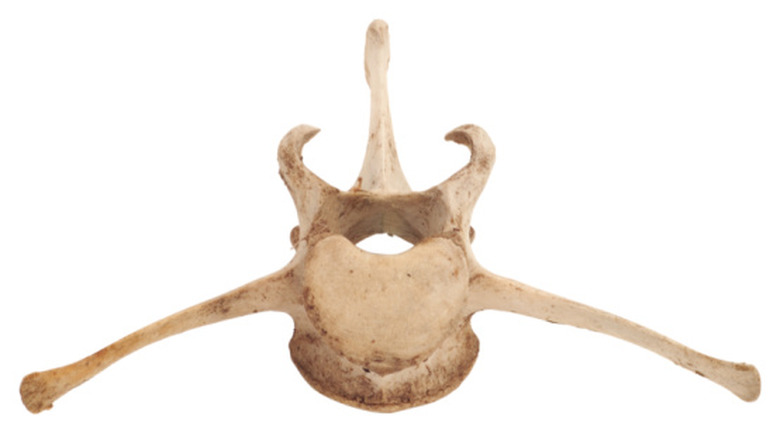List Some Ways That Fossils Can Be Preserved
The term "fossil" refers to any trace of past life. A fossil may be organism remains, such as leaves, shell, teeth or bones, or a fossil may indicate the activity of an organism such as footprints, organic compounds they produced, and burrows. There are several different methods of fossil preservation for animals, plants and their parts.
Freezing
Freezing
Freezing is a rare form of preservation in which an animal remains frozen from death until the time of discovery, such as an animal falling into a pit or crevasse and freezing, or when an animal is flash-frozen. This type of preservation produces ideal intact remains of animals, often including preserved skin, muscle, bone, hair and internal organs. Common animals discovered in this state are cold-hardy animals such as rhinoceros and hairy mammoth from the last ice age.
Permineralization
Permineralization
Permineralization is the most common type of fossil preservation. This method of preservation occurs when dissolved minerals in ground water fill the cellular spaces such as microscopic cavities and pores of plants and animals. The dissolved minerals then crystallize and produce stony fossils in the shape of the animal or plant, which contains most of the original solid material. The preservation of organisms such as teeth, bones, shell and wood occurs by permineralization.
Burial
Burial
Burial is another type of preservation. This method of preservation occurs when organisms such as peat bogs containing fern roots, cones, stumps and stems, limy shells, sand dollars, mollusk shells and plant remains, lie in the ground for many years in areas rich with highly concentrated tannic acid. Often these organisms remain mostly unchanged, with the exception of some decay and slight discoloration.
Molds and Casts
Molds and Casts
In some instances, preservation occurs by natural mold and casts. With this method of preservation, an organism will lie in sediment and in time, the surrounding sediment will harden. The organism eventually dissolves and, with the absence of sand or clay to fill the remaining cavity, a natural mold of the organism will form. The external mold, or the outside of the mold, often portrays a fine detail of the organism's surface. Sometimes, the inside cavity contains filler material such as sand or clay, which duplicates the organism's original inner surface and creates a natural cast.
Cite This Article
MLA
Roberts, Calia. "List Some Ways That Fossils Can Be Preserved" sciencing.com, https://www.sciencing.com/list-ways-fossils-can-preserved-8124598/. 24 April 2017.
APA
Roberts, Calia. (2017, April 24). List Some Ways That Fossils Can Be Preserved. sciencing.com. Retrieved from https://www.sciencing.com/list-ways-fossils-can-preserved-8124598/
Chicago
Roberts, Calia. List Some Ways That Fossils Can Be Preserved last modified March 24, 2022. https://www.sciencing.com/list-ways-fossils-can-preserved-8124598/
